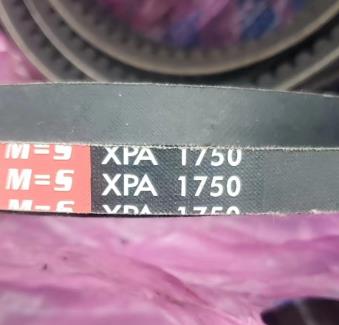


Factors causing damage to the generator belt: 1. Normal wear and tear: Structural defects in the timing belt; The idler and guide wheels do not rotate flexibly; The tensioning wheel is not operating correctly. 2. Inaccurate alignment: During operation, each timing belt moves around its trajectory at a speed of thousands of revolutions per minute. The huge friction generated by the opening and closing movement of this surface contact will cause premature damage to the belt. Therefore, before and after installing the timing belt, it is necessary to carefully check the installation positions of various components of the timing system to see if they are accurately aligned, in order to avoid damage to the timing belt caused by incorrect installation positions as much as possible. 3. External pollution or damage: Anything that comes into contact with the timing belt can damage the timing belt, which is why the entire system is covered when the timing belt is working. However, even if the majority of the timing belt is protected, there will still be a small amount of oil in the engine, such as engine oil, coolant, etc., that can affect the timing belt, causing it to slip or undergo chemical corrosion. In addition, small stones, metal shavings, or other debris can also be drilled into the timing belt through their respective channels.
Accessories hotline: 15852150447 (same WeChat account)
(Disclaimer | Part of the content comes from the internet! This article is for communication and learning only, and the copyright belongs to the original author. Some images and content were not promptly contacted when pushed. If the source labeling is incorrect or infringes on your rights, please let us know and we will immediately delete it.)